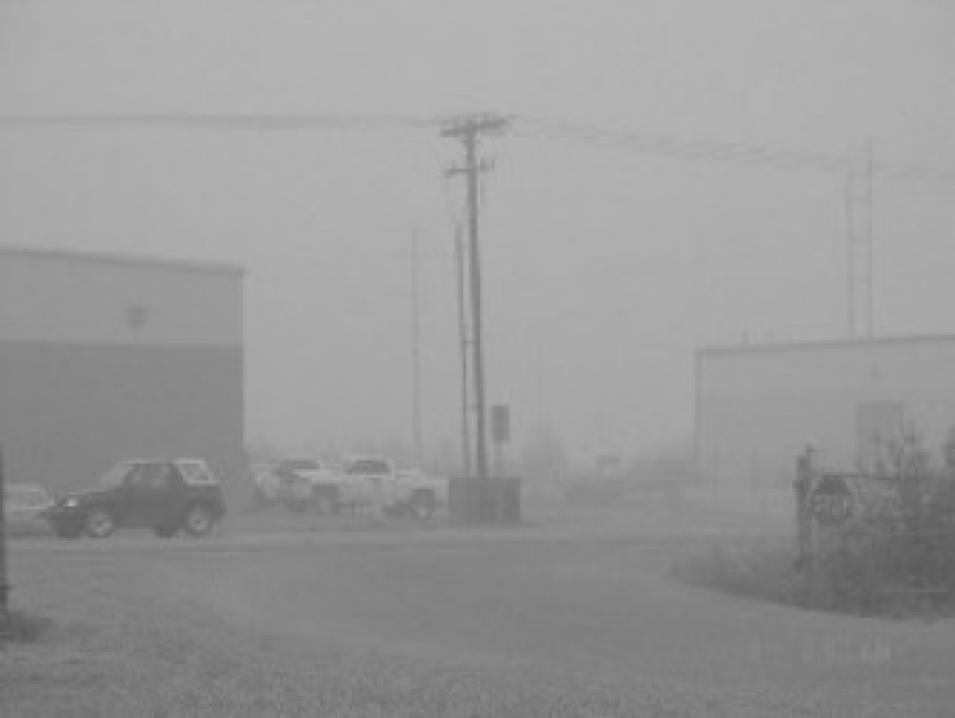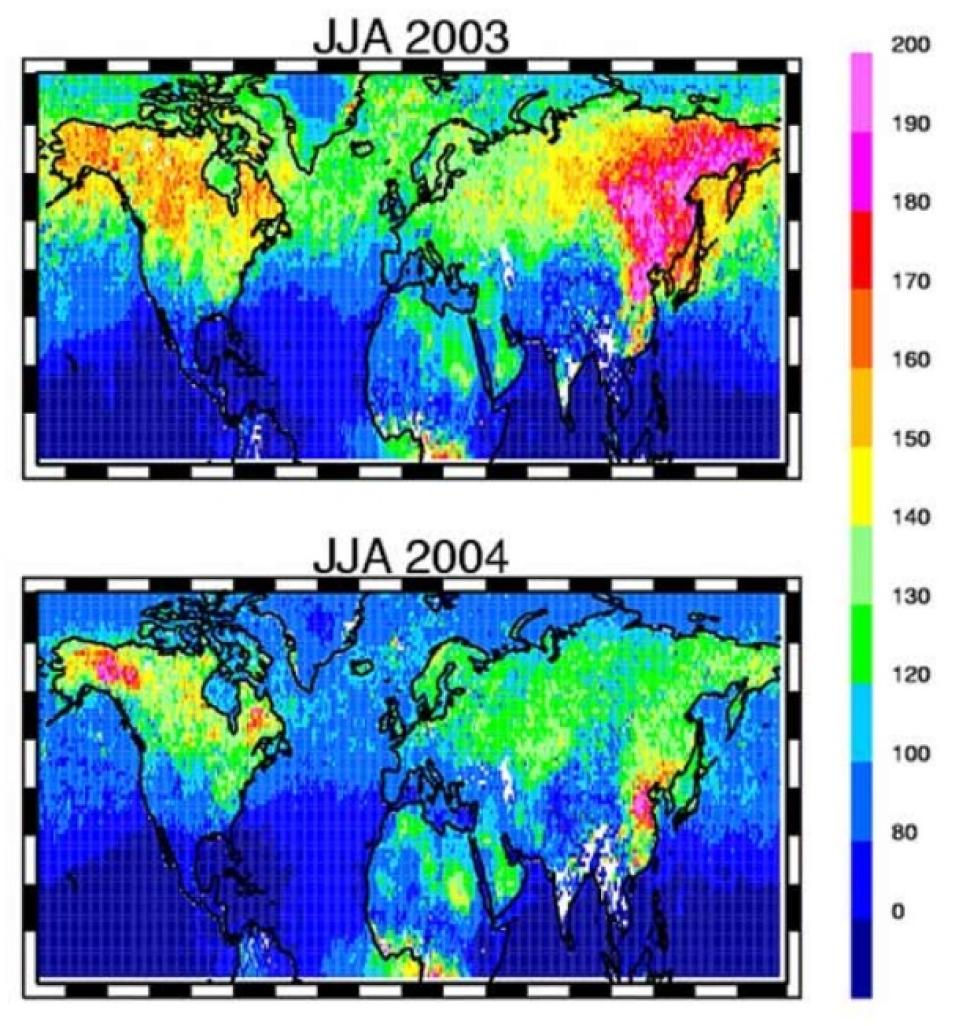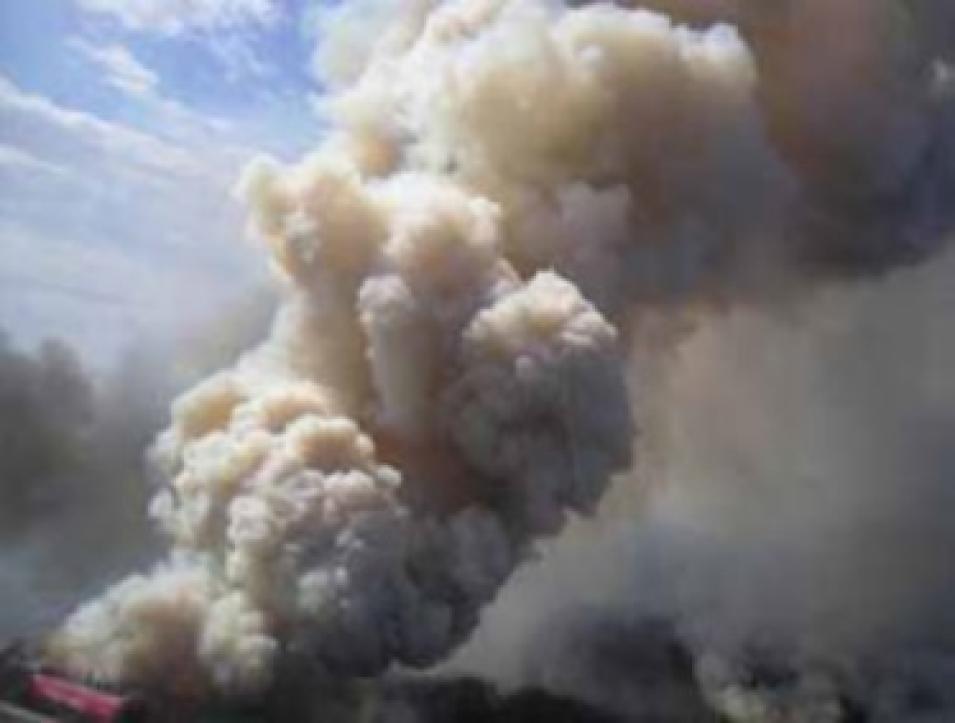Around the world, ash and thick smoke from wildfires can choke the surrounding skies. While this visible, murky mess seems to disappear with distance from the fires, polluting gases and small particles not visible to the human eye drift upward and are carried away by global air currents. Can large wildfires contribute to smog problems in distant places? Gabriele Pfister, a researcher at the National Center for Atmospheric Research in Boulder, Colorado, is part of a team that confirmed wildfire-generated pollution can indeed be an intrepid--if unwelcome--global tourist.
The 2004 Alaskan wildfire season was the worst on record, largely because of unusually warm and dry weather. Throughout central Alaska and Canada's Yukon Territory, more than eleven million acres burned, or an area equivalent to the states of New Hampshire and Massachusetts together. During this wildfire season, Pfister took part in an international study of pollutant drift, the International Consortium for Atmospheric Research on Transport and Transformation (ICARTT).
The researchers noticed that concurrent with the fires, numerous observing systems detected increases in pollutants from North America all the way to Europe. This extreme fire season posed an opportunity for researchers. "We wanted to study wildfires in boreal areas," Pfister said. "The contribution of boreal forest fires to pollution is not yet well understood. Do they produce significant amounts of tropospheric ozone?"


